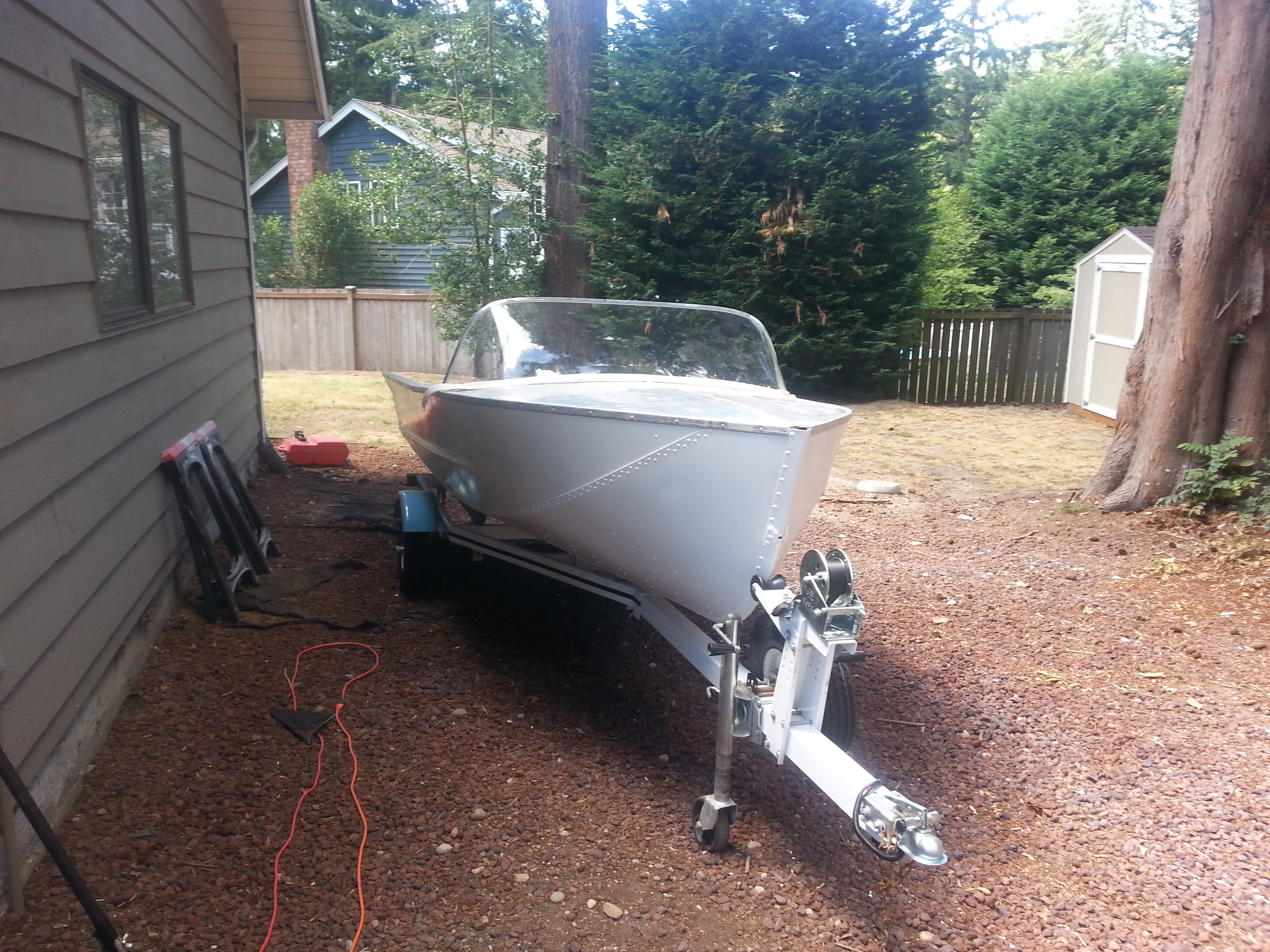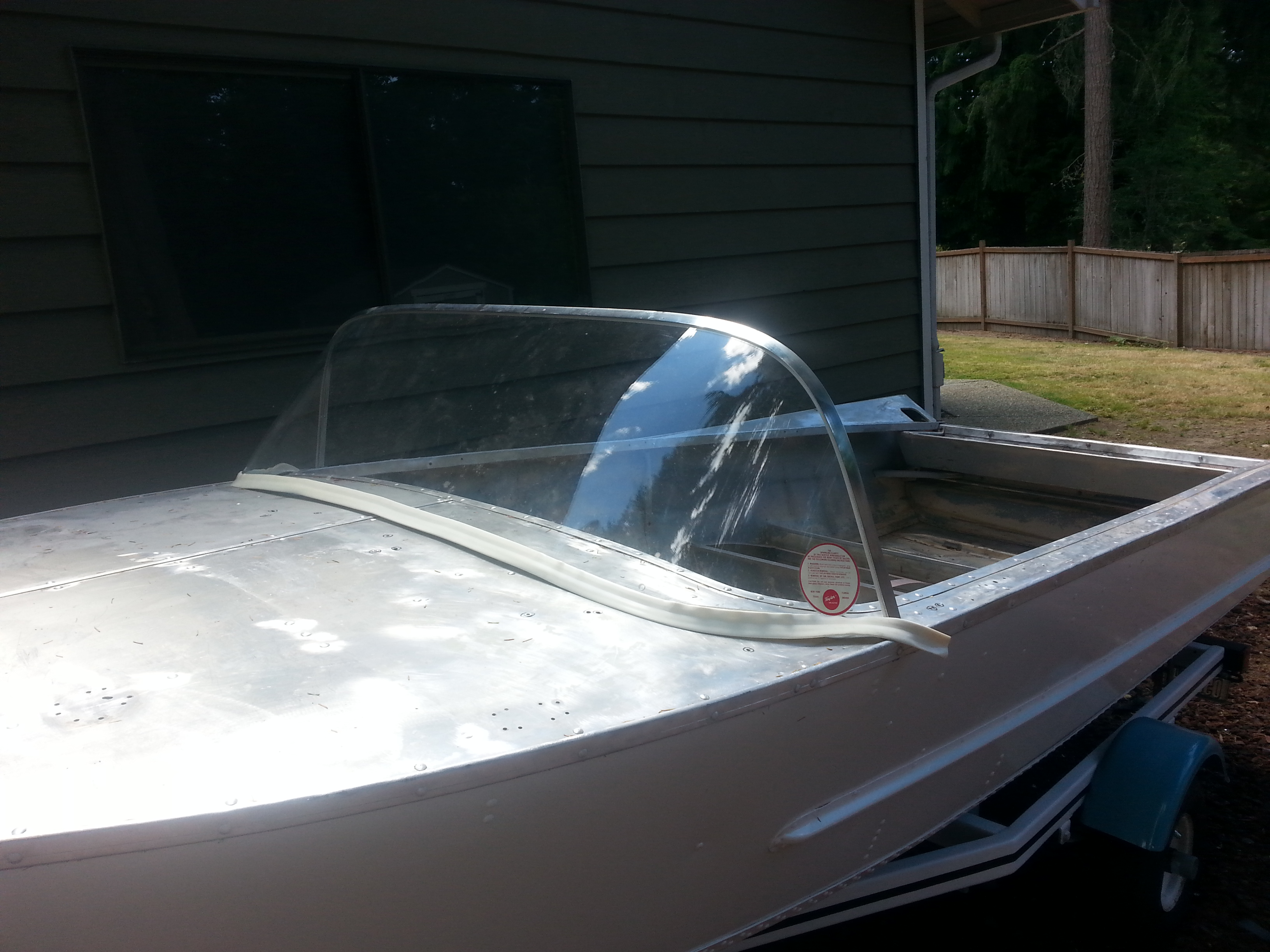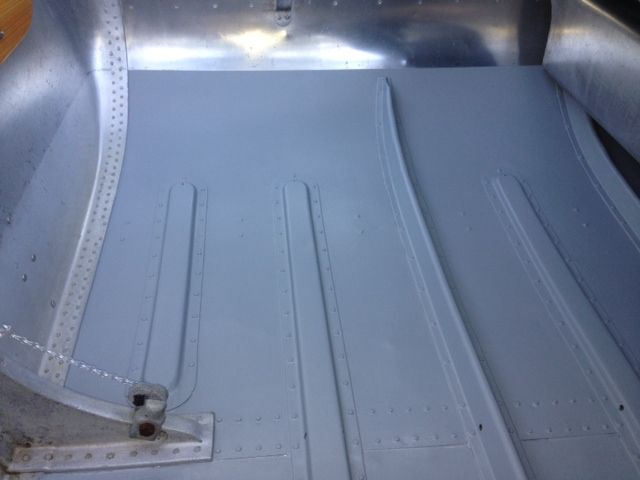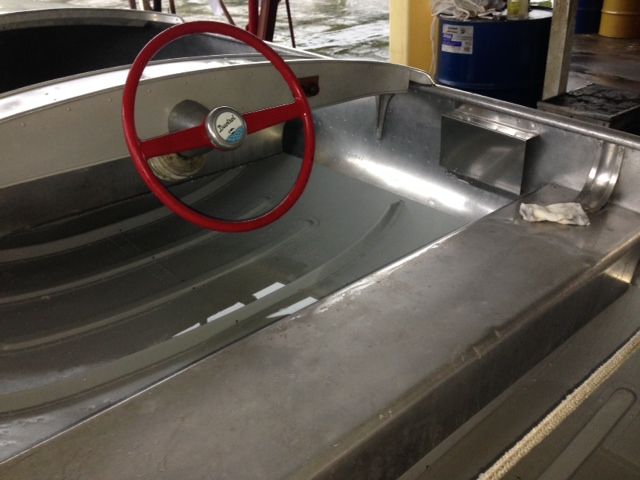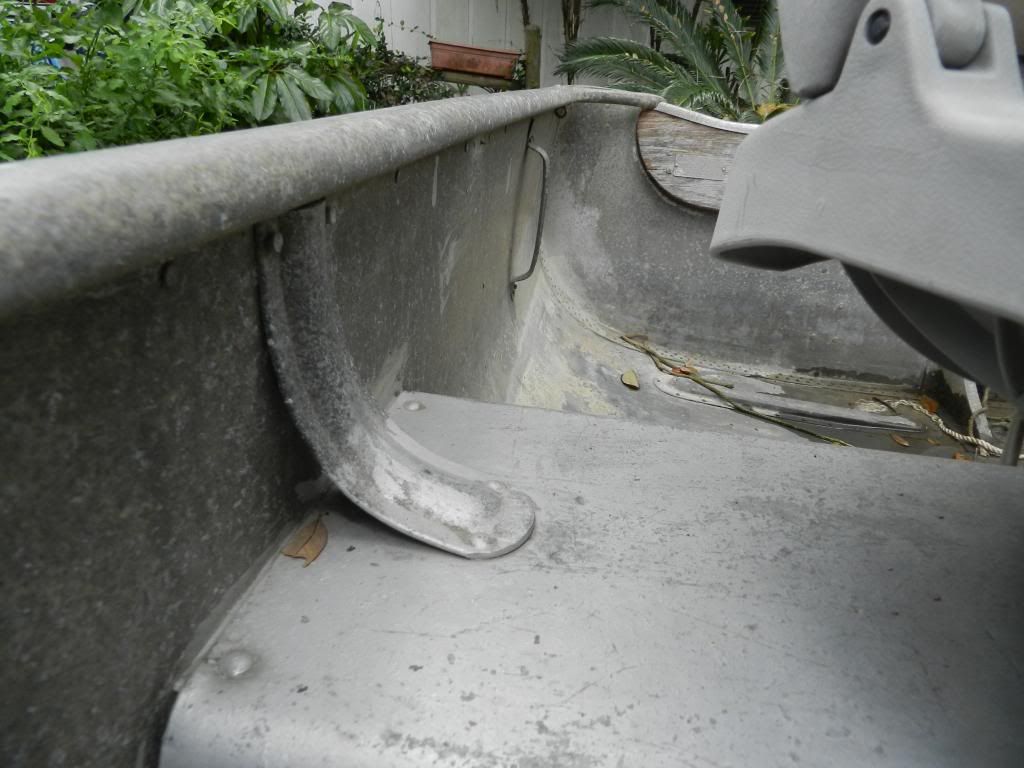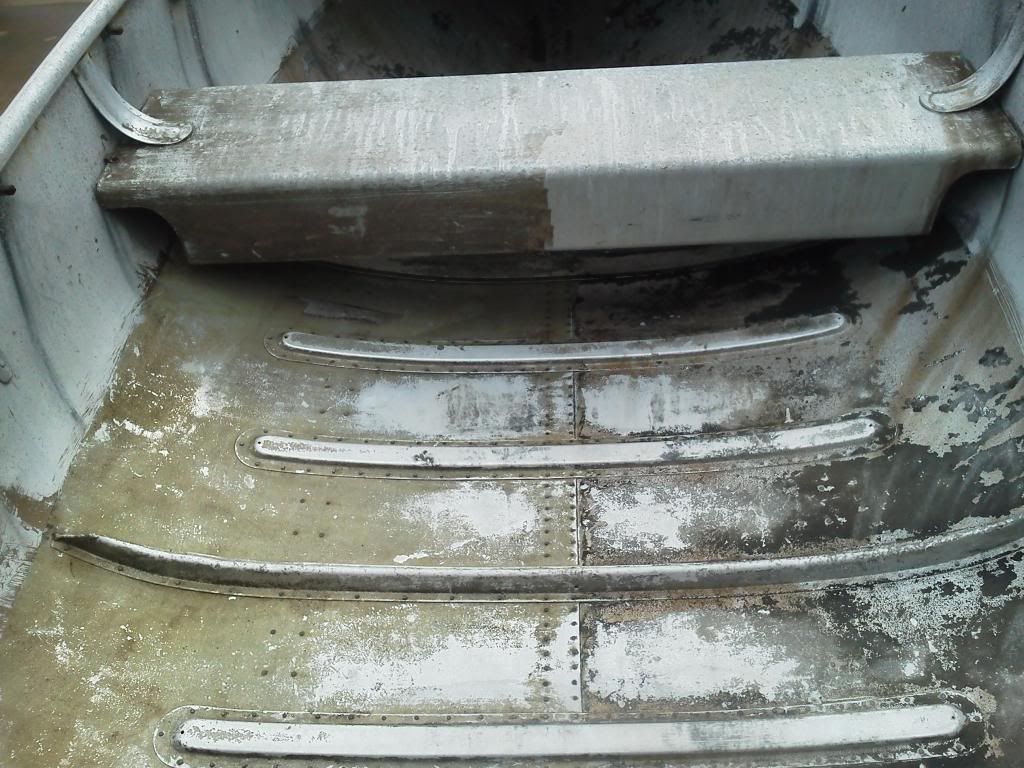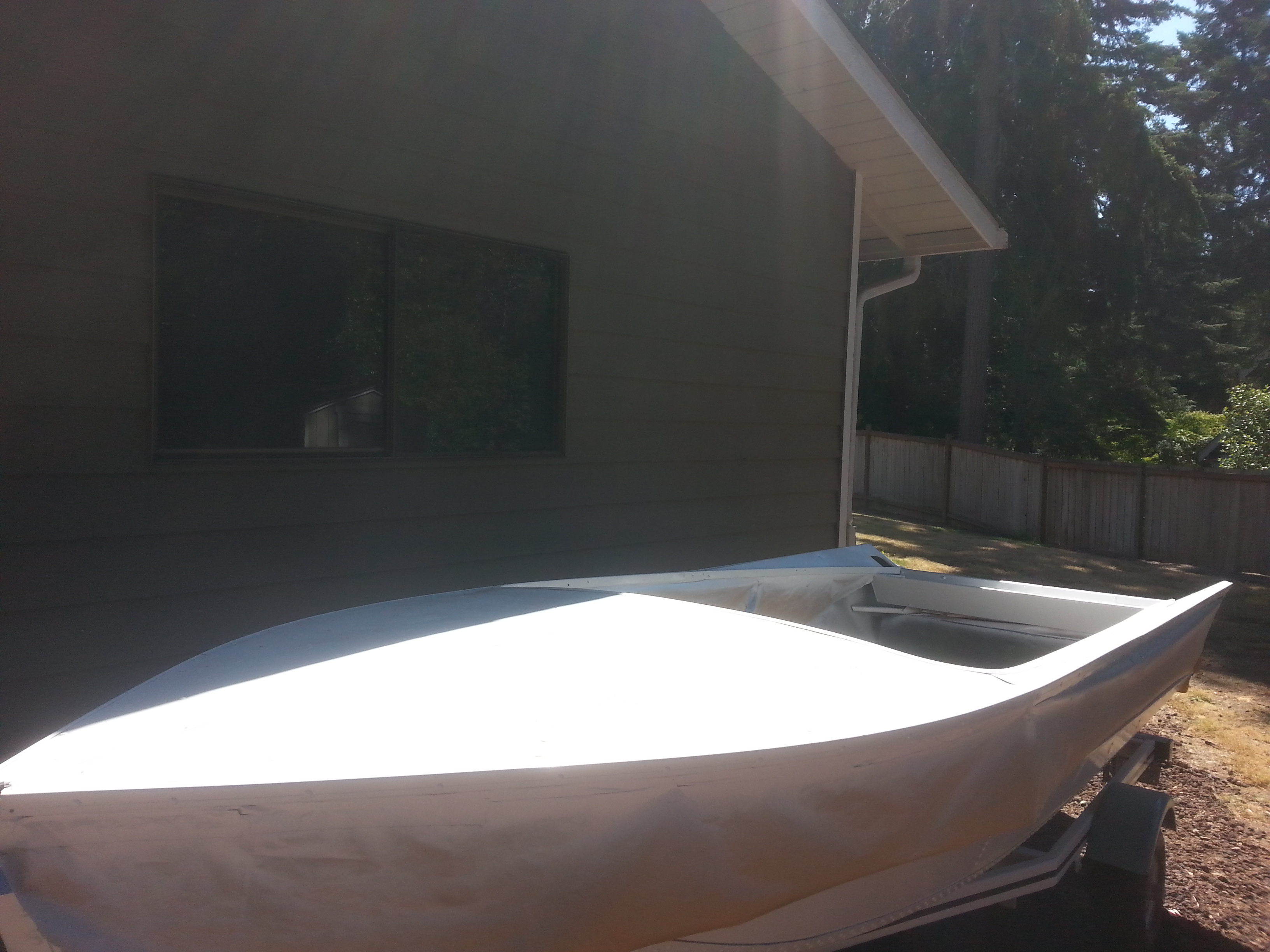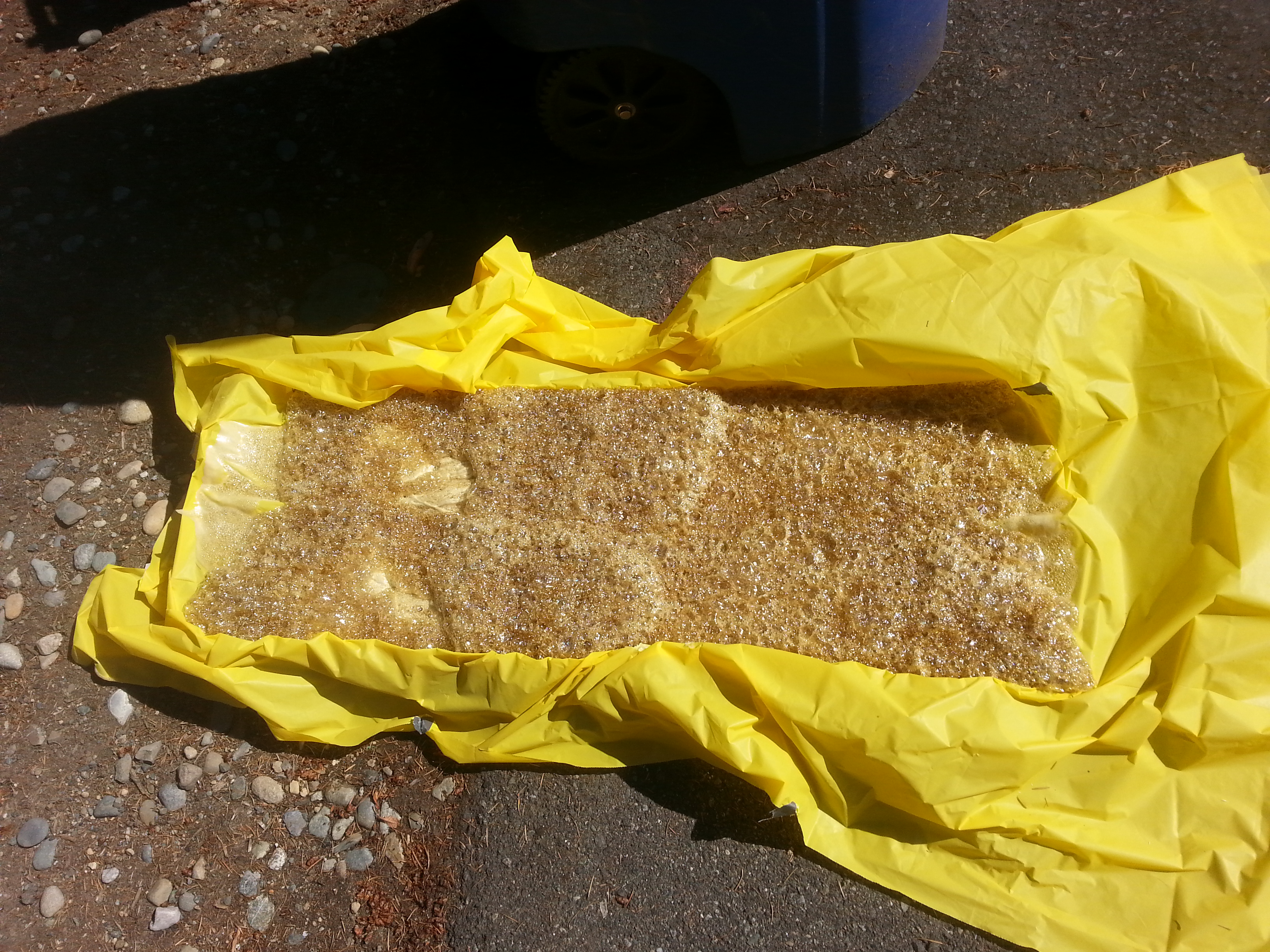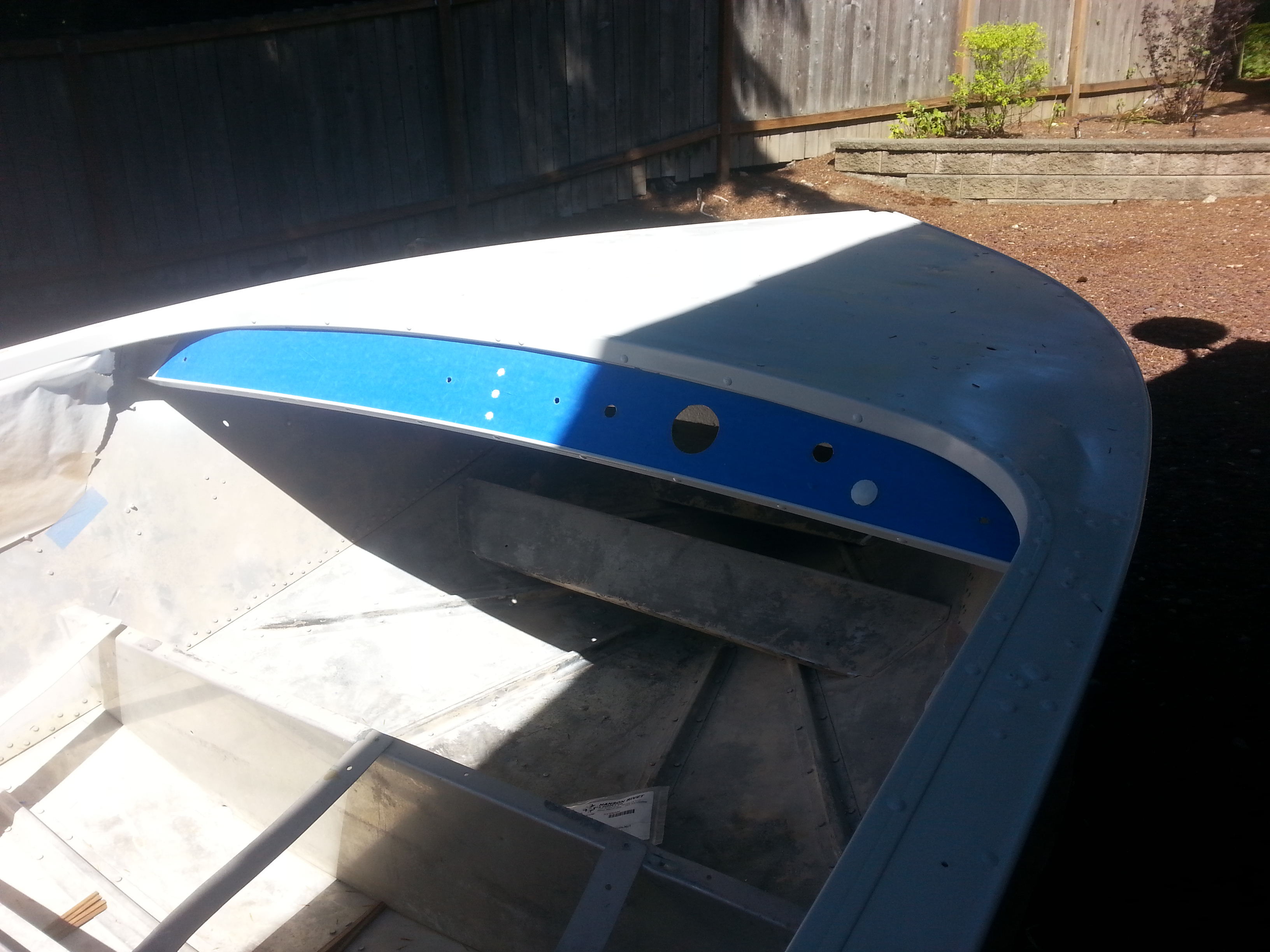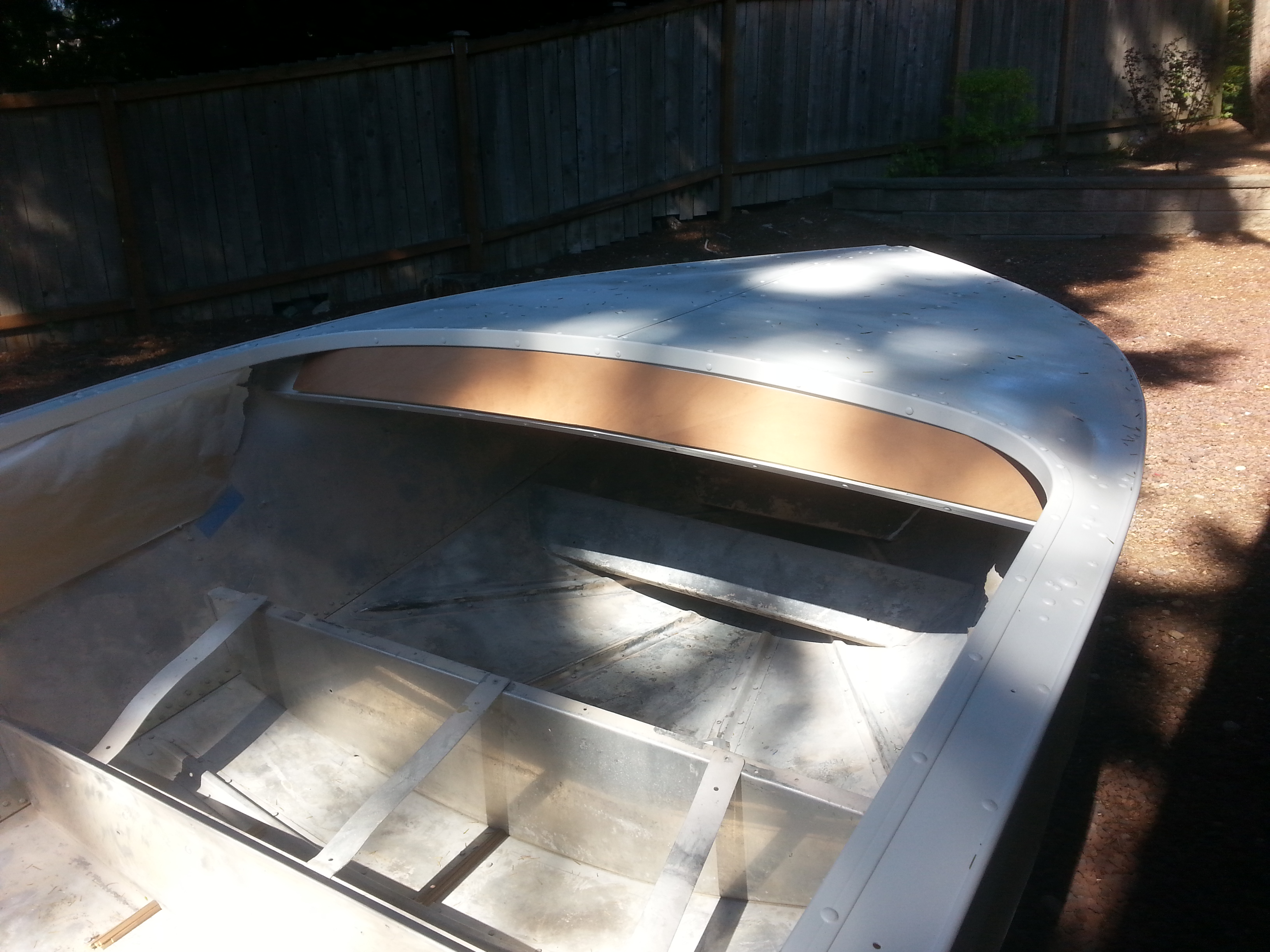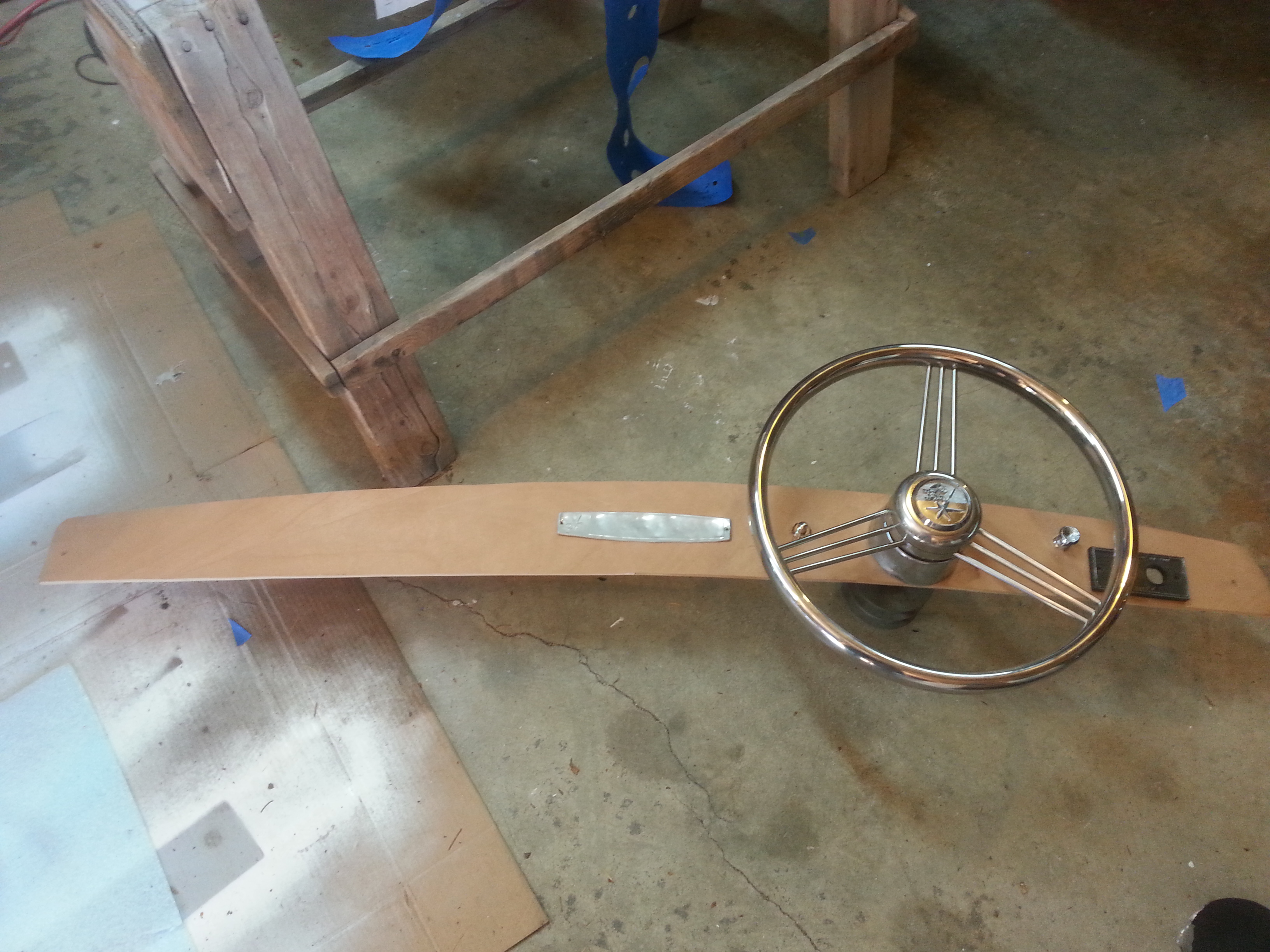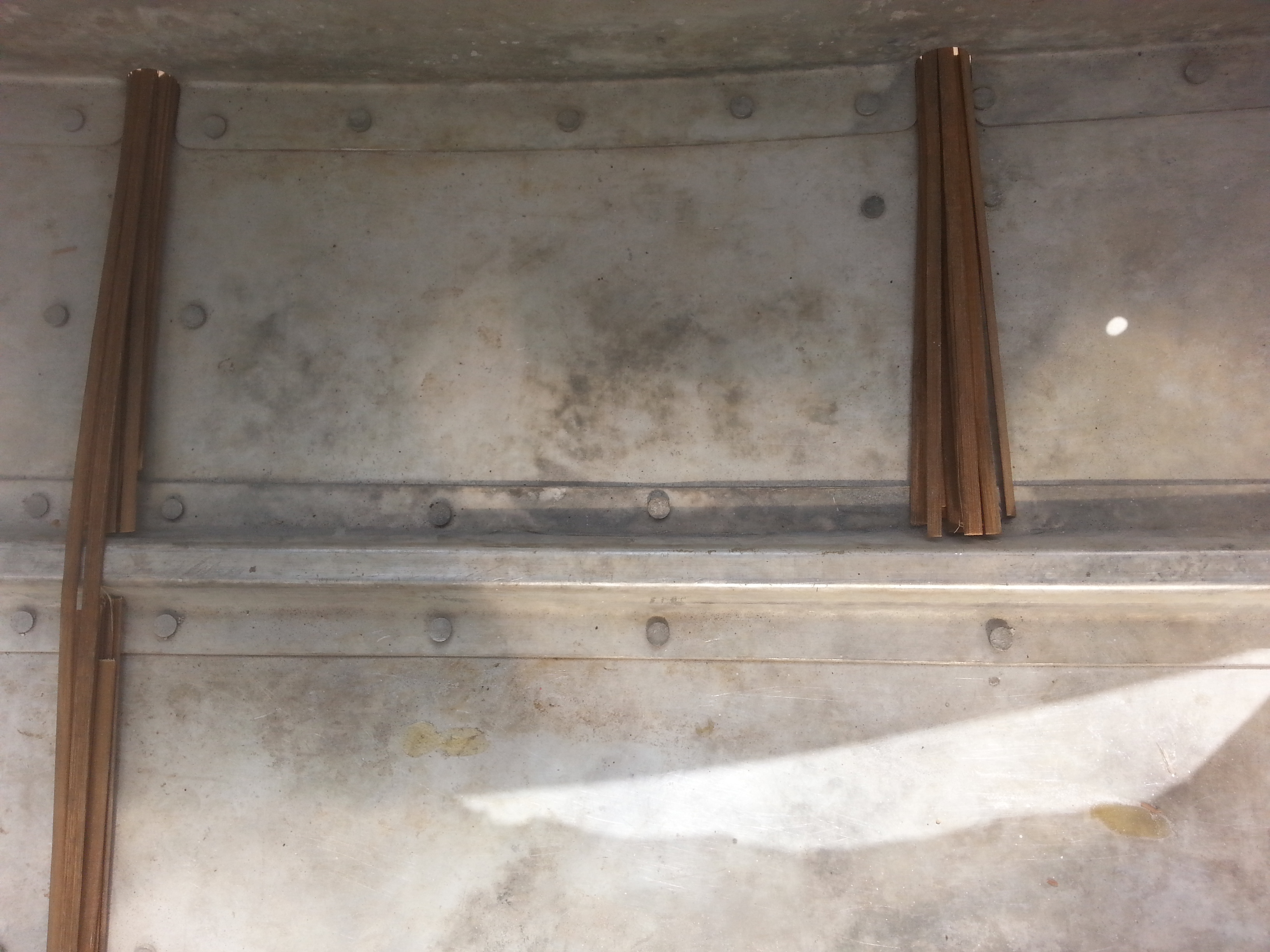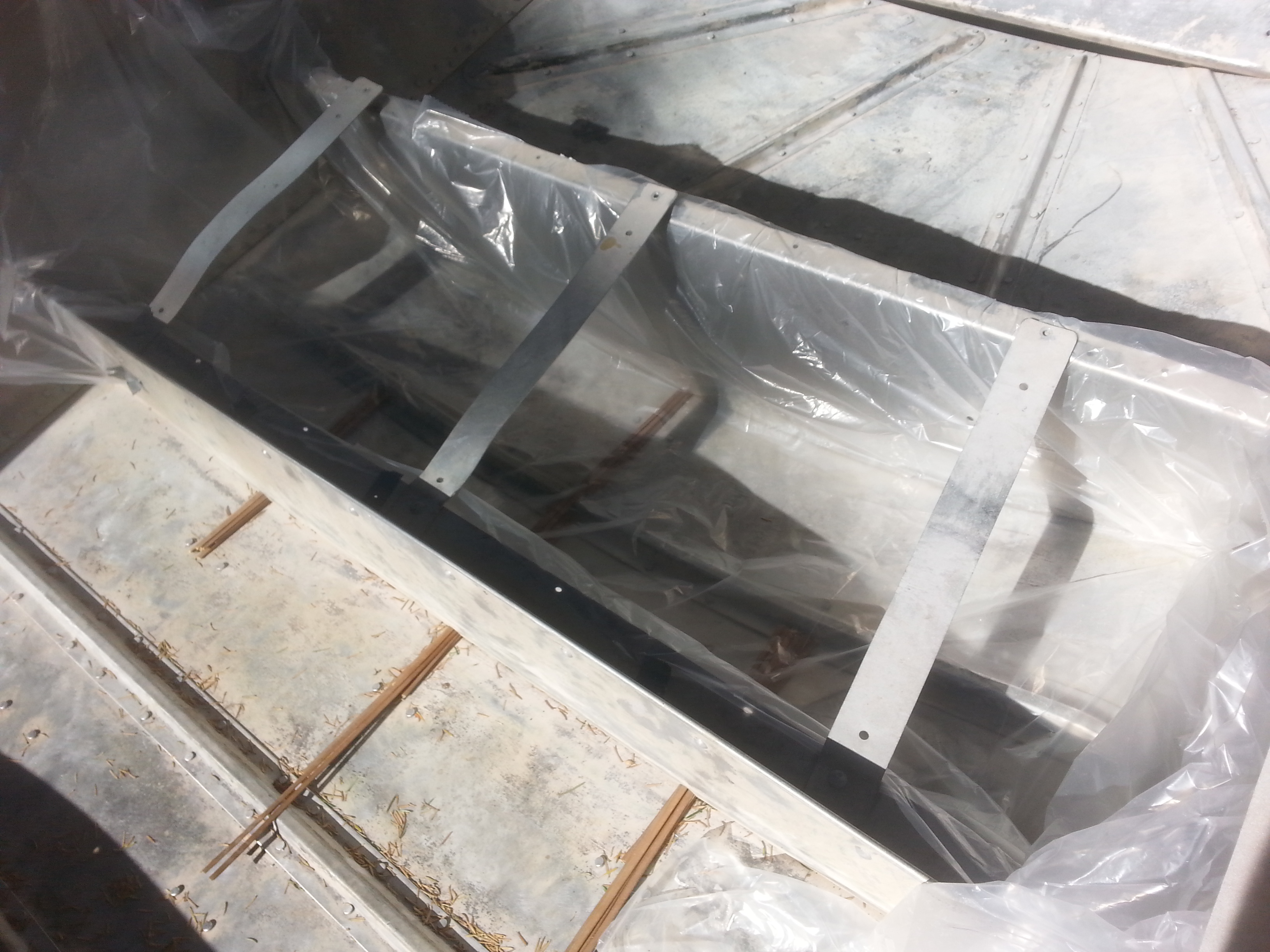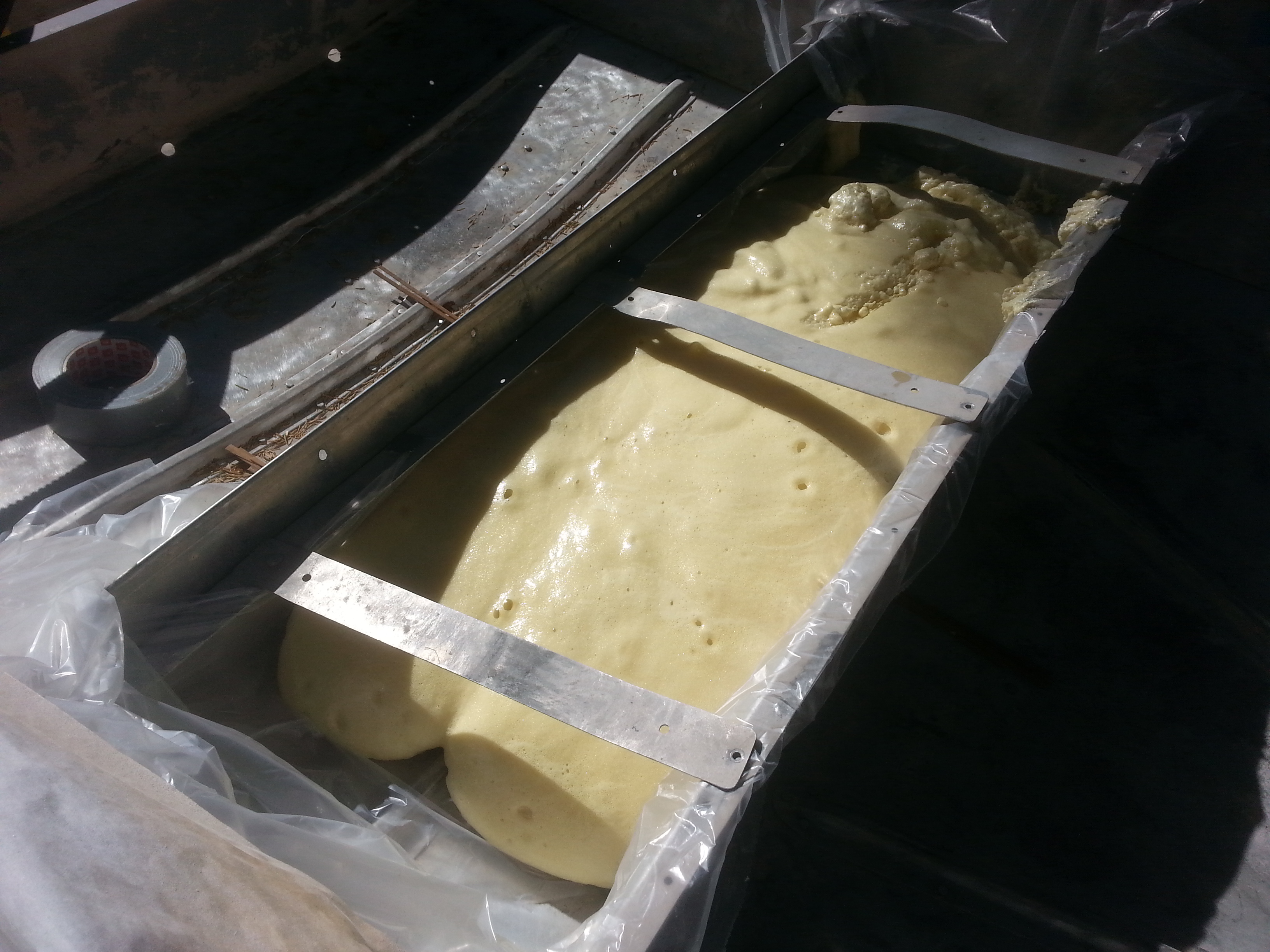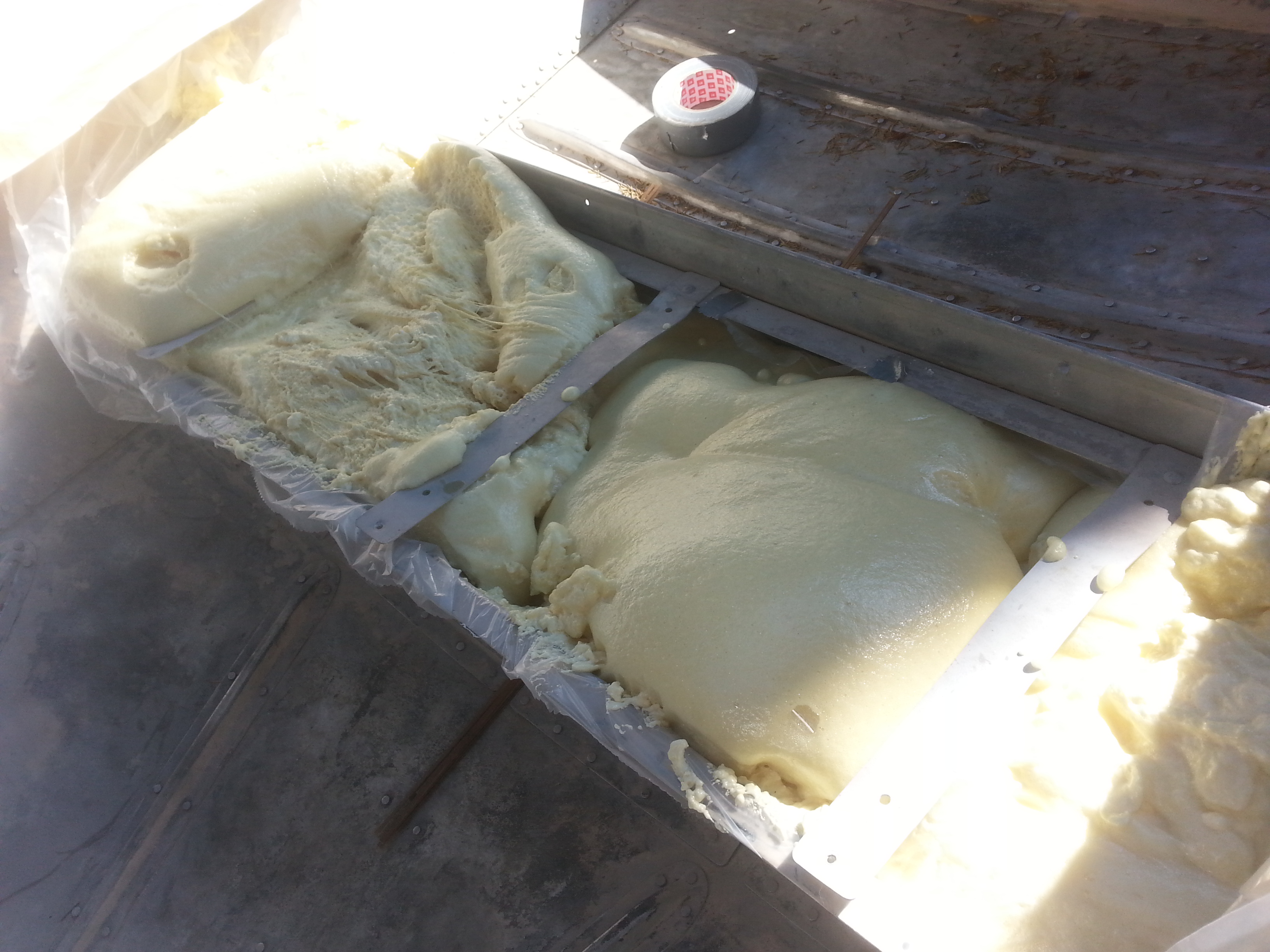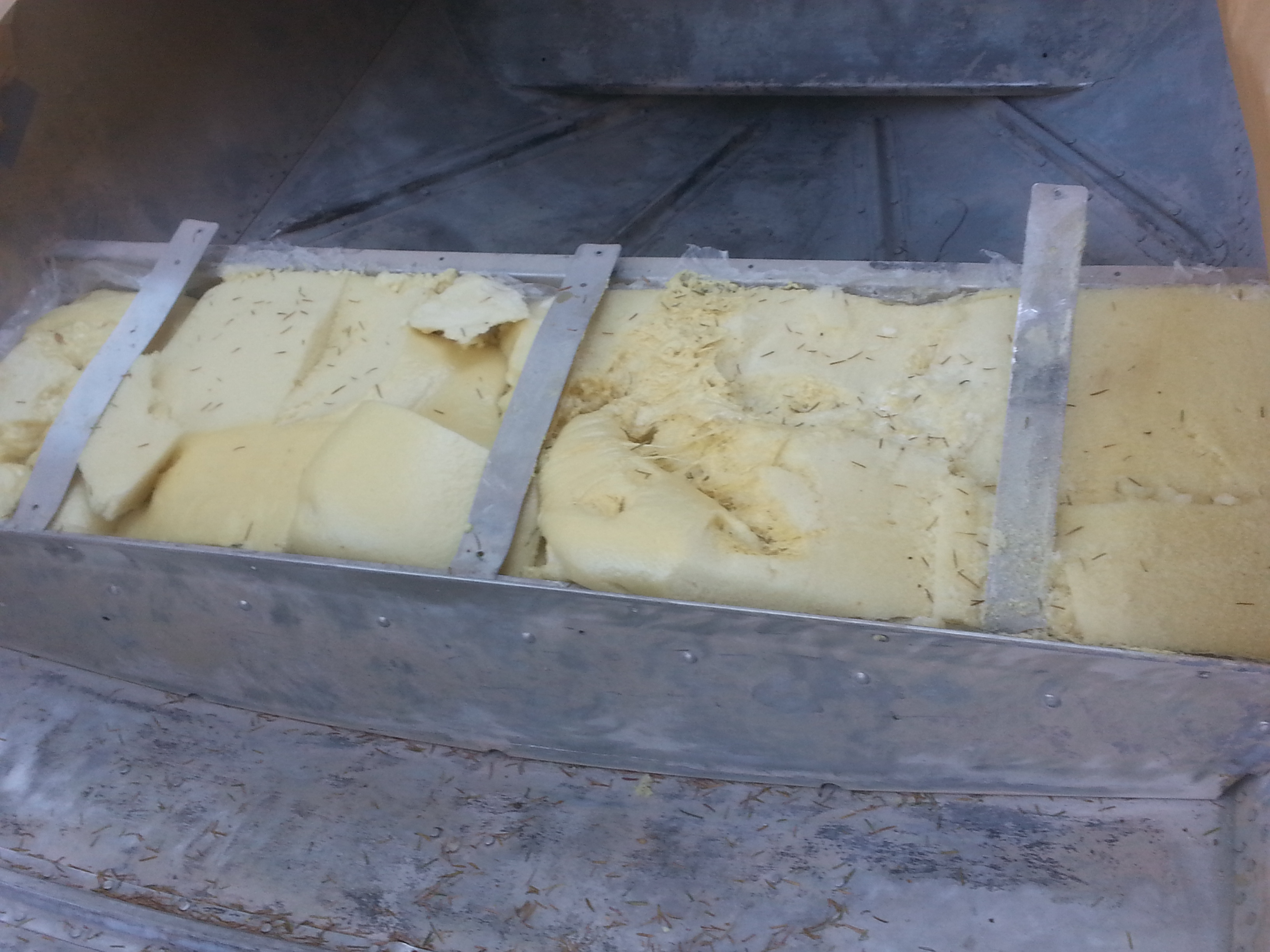enginerd
Well-known member
Well, I'm back after spending a week in triple digit temperatures down in Lake Powell and ready to get back to work on a boat in a more temperate climate. It did allow my hull paint to cure for about a week, and I was able to get the boat turned over and back on my trailer. So, now I'm looking at installing some flotation that it is lacking and then finishing the interior prior to painting the top deck.
With respect to the interior, I was thinking about coating the interior with bed-liner, similar to this Rust-Oleum spray on product (https://www.amazon.com/Rust-Oleum-Automotive-253438-15-Ounce-Coating/dp/B006ZLQ8ZO/ref=pd_sim_60_7), but was wondering if anyone had any experience with that or thoughts? I figure it should be a good non-slip surface, the tan shouldn't be too hot under the sun, and it should be durable as long as the aluminum is prepped right (etched and primed). Anything I should be concerned with?
With respect to the interior, I was thinking about coating the interior with bed-liner, similar to this Rust-Oleum spray on product (https://www.amazon.com/Rust-Oleum-Automotive-253438-15-Ounce-Coating/dp/B006ZLQ8ZO/ref=pd_sim_60_7), but was wondering if anyone had any experience with that or thoughts? I figure it should be a good non-slip surface, the tan shouldn't be too hot under the sun, and it should be durable as long as the aluminum is prepped right (etched and primed). Anything I should be concerned with?



